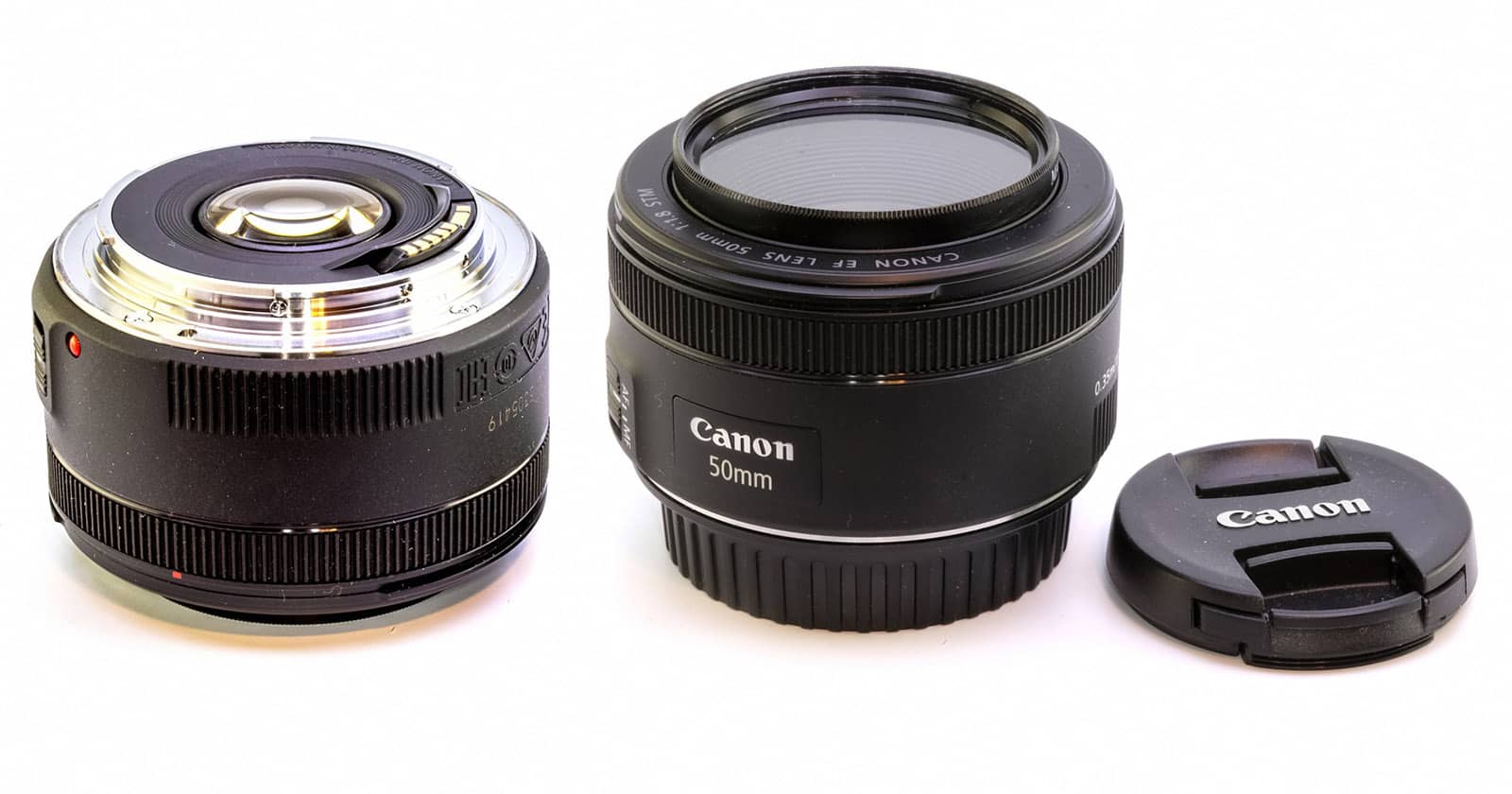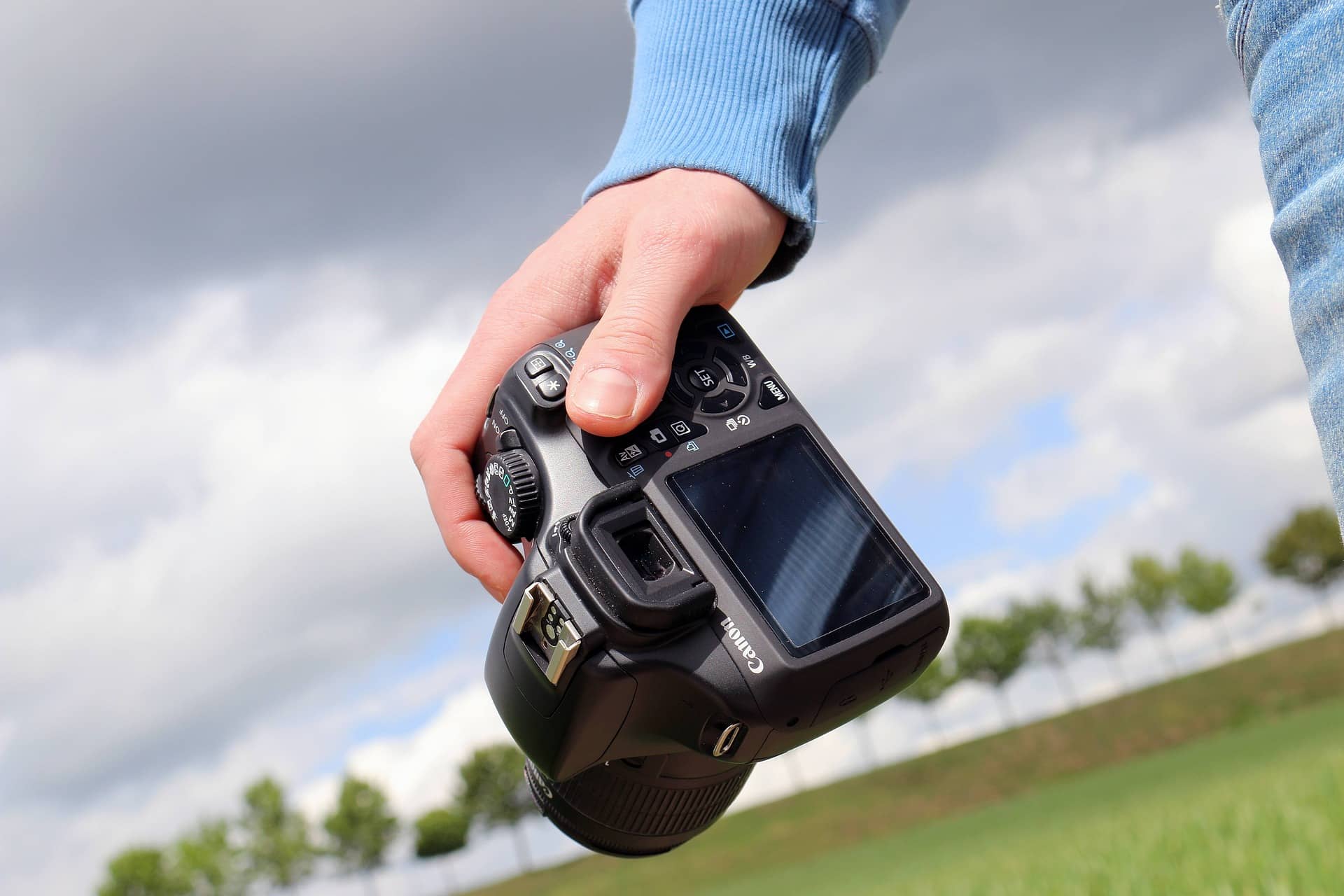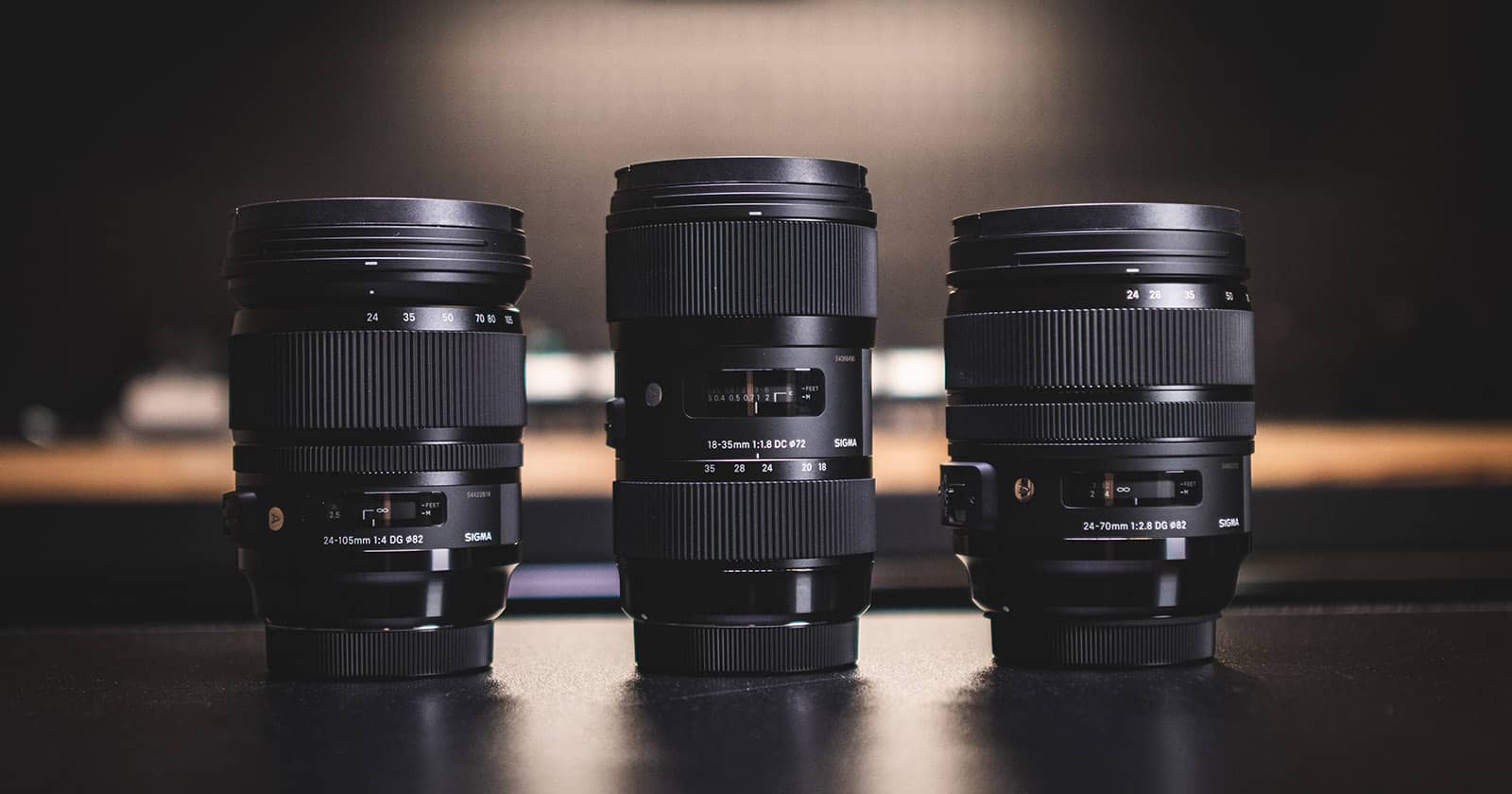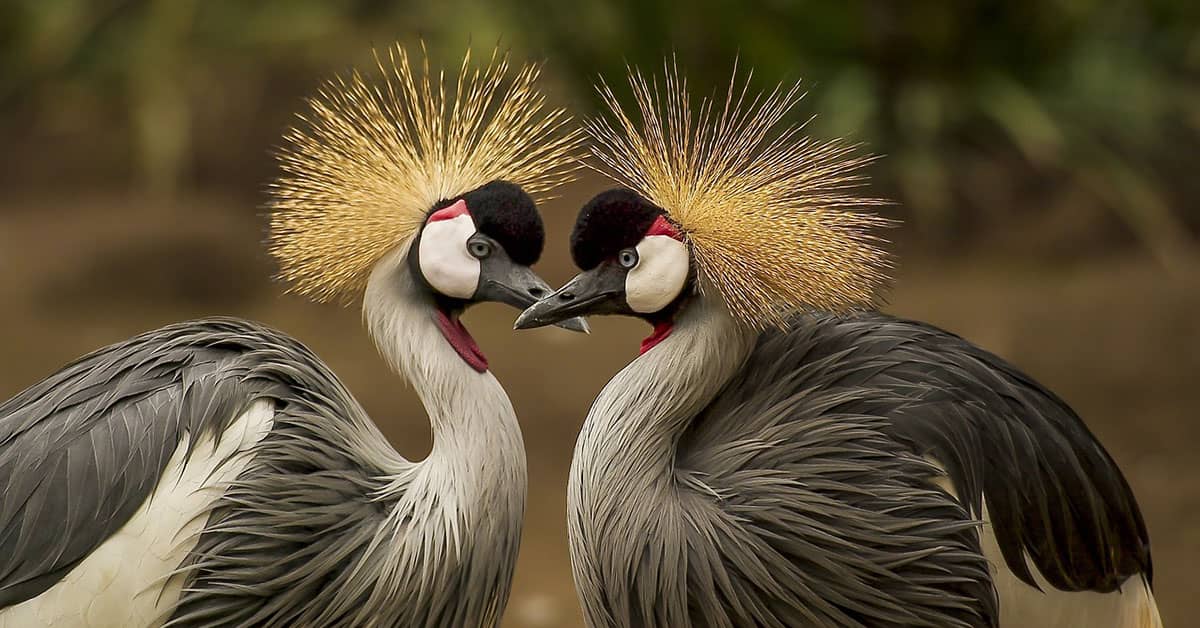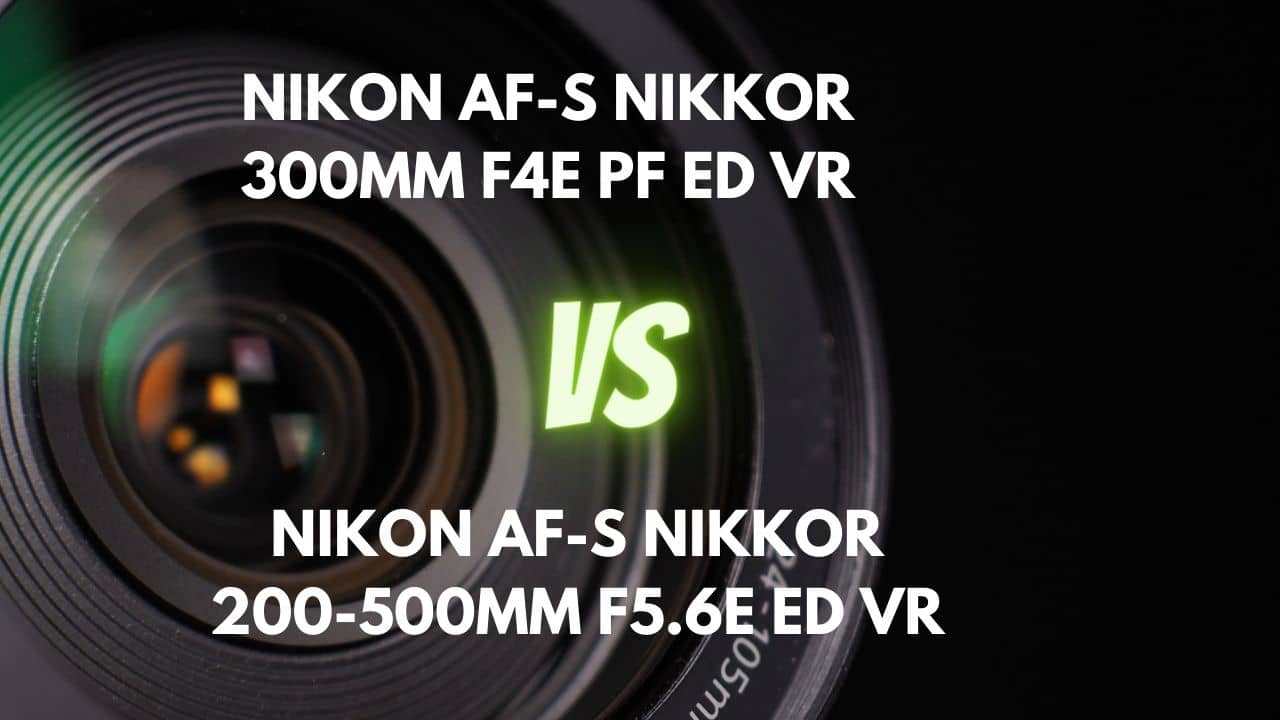Image stabilization technology can benefit nearly any photography, even more so in situations that require hand-held shooting.
This article is going to look at various Canon lenses on the market that come equipped with image-stabilizing technology. The lenses that we’re goiimage stabilizationng to discuss will include a few different lens mounts; EF, EF-S, and RF mounts to be specific.
Are Lenses With Image Stabilization Worth It?
Canon has developed some pretty robust image-stabilizing technology within a lot of their lenses. Without getting overly technical, there is essentially a set of elements inside of the lens that are controlled by a microcomputer.
When the image stabilization is engaged, the microcomputer responds to camera movement and drives the stabilizing lens group to counteract the movement of the camera.
Despite the benefits, there were instances where image-stabilizing technology can work against the photographer. A good example of this is when you’re panning a shot, and the lens can’t recognize that the movement is intentional. To remedy this, Canon developed lenses with three different image stabilization modes.
The first mode essentially works to correct any movement detected by the lens, and is typically the standard mode for shooting stationary objects.
The second mode is designed specifically for panning, and ignores the movement of the camera in the direction it’s panning. The last mode is designed to only apply image stabilization during the exposure of the shot, and the viewfinder image isn’t affected.
When it comes to sharp images and handheld shooting, there is a “rule-of-thumb”, often referred to as the handholding rule. It dictates that the shutter speed should be no slower than one over the focal length of your lens.
For example, if you’re using a lens with a focal length of 100mm, your shutter speed should be no slower than 1/100 of a second. Of course, image stabilizing technology works to give you sharp images at longer exposure times.
When it comes to photography, image stabilizing technology can make all of the difference in your shots, especially in situations that call for hand-held shooting.
Sometimes a slight movement in the camera (especially in low-light conditions where longer exposure times are required), can result in a fuzzy image.
Image stabilization works to make corrections in the movements of the camera, and can help save a shot when your hands weren’t quite perfectly still.
Canon has done a pretty phenomenal job providing robust image-stabilizing technology, so let’s take a look at some lenses that utilize this.
EF Mount Lenses With Image Stabilization
Canon EF 100mm f/2.8L IS USM Macro
Best Canon Macro Lens with Image Stabilization
This is a weather-sealed macro lens with 2-4 f-stops image stabilization which is great for handheld close-up photography.
Today’s Price:$1,299.00
Buy on AmazonPros
Cons
The first lens we’re going to look at is the 100mm f/2.8 Macro lens. This lens has a maximum aperture of f/2.8, which makes it capable of sharp shooting in lower light conditions.
The 100mm macro lens is ideal for ultra-close-up shots. It’s also an “L” series lens, meaning it’s weather sealed, which is ideal for outdoor shooting.
It does come equipped with Canon’s image stabilizing technology, which is effective for two stops at 1:1 magnification, three stops at 1:2 magnification, and four stops at lower magnifications.
When it comes to shooting wildlife, especially those smaller subjects like butterflies and spiders, it’s almost exclusively done hand-held. Since it’s not always easy holding a camera perfectly still for those close-up insect shots, the lens’ image stabilization capabilities will help mitigate any unintentional camera movement.
Canon EF 70-300mm f/4-5.6 IS II USM
This telephoto zoom lens offers 4 stops of image stabilization and has more than 4x zoom range which gives you a lot of flexibility.
Today’s Price:$599.00
Buy on AmazonPros
Cons
Next, we’re going to look at the lens that’s a little more versatile. The Canon 70-300mm f/4-5.6 lens encompasses a pretty handy zoom range that’s well suited for anything from wildlife photography to portraiture.
The maximum apertures of this lens doesn’t make it ideal for low-light photography, it does have a 9-bladed circular aperture that will produce some incredibly smooth background blur.
It also comes equipped with Canon’s standard image stabilization system, which provides four stops of camera shake reduction, and helps make the lens much more flexible for lower lighting conditions.
Again, this lens definitely boasts a lot of versatility in its shooting capabilities and is a handy one to keep in your arsenal.
Canon EF 100-400mm f/4.5-5.6L IS II USM
Best Canon Super Zoom Lens with Image Stabilization
This weather-sealed lens has a 4 f-stops image stabilizer with 3 modes and an incredible 4x zoom range which is ideal for outdoor photography.
Today’s Price:$2,399.00
Buy on AmazonPros
Cons
Another handy telephoto lens, the 100-400mm f/4.5-5.6L does offer some versatility in its shooting. It is an “L” series lens, so it’s weather sealed and ready for the outdoor elements.
This is another lens that can produce some pleasing bokeh with its rounded 9-blade diaphragm. While its maximum aperture might not be ideal for low-light photography, it does offer image stabilization across up to 4 f-stops.
It also comes equipped with the 3 different image stabilization modes we discussed early on in this article. The flexible zoom range, combined with the image stabilization technology and other features, makes this lens perfect for wildlife and sports photography.
When it comes to wildlife and sports, oftentimes your subject is going to be on the move, and those situations demand Canon’s panning mode image stabilization, which allows you to pan with your subject, correct camera shake, and without compromising your shot.
Canon EF 16-35mm f/4L IS USM
Best Canon Wide-Angle Lens with Image stabilization
This Canon lens has 4 stops of image stabilization and a weather-sealed body, allowing you to capture a large range of view without a camera shake.
Today’s Price:$1,299.00
Buy on AmazonPros
Cons
Our next lens is a wide-angle zoom lens that covers a pretty handy range from 16-35mm. It has a constant f/4 aperture that works towards consistent illumination of your shots throughout the entire zoom range.
The lens construction affords for minimum chromatic aberrations and provides very sharp images. It is another “L” series lens, so it’s equipped with weather sealing.
It also provides image stabilization by up to 4 shutter speed stops, which lends itself to better shooting in low lighting conditions and when working with slower shutter speeds.
The 16-35mm zoom range allows for a lot of creative flexibility, and can really place the audience in the scene.
The wide angle also allows for a lot of coverage in your shot, which is great for events such as weddings as well as for landscape shots. When you need some flexibility in lighting conditions and the ability to shoot hand-held, this lens can do it.
Canon EF 70-200mm f/2.8L IS III USM
Best Canon Telephoto Zoom Lens with Image Stabilization
This Canon lens has 3.5 stops of image stabilization with 2 modes, weather sealing, and constant f/2.8 aperture, great for handheld shooting in low-light conditions.
Today’s Price:$2,099.00
Buy on AmazonPros
Cons
Next, we’re going to look at a super handy telephoto lens. The 70-200mm f/2.8 has a lot to offer. With a constant maximum aperture of f/2.8, it’s definitely ready to perform in those low-lighting situations.
What’s more, its image stabilization can be switched from mode 1 (standard), into mode 2, which is specifically designed for camera panning.
The image stabilization will reduce the effects of camera shake by up to 3.5 f-stops. Another “L” lens, it’s weather sealed and perfectly capable of producing high-resolution images for any style of photography.
That being said, the weather sealing, large maximum aperture, and image stabilization capabilities make this lens another one that is ideal for wedding and event photography.
Canon EF 85mm f/1.4L IS USM
Best Portrait Lens for Canon with Image Stabilization
This Canon lens has 4 stops of image stabilization and a maximum aperture of f/1.4, lending itself to amazing portraits with creamy bokeh.
Today’s Price:$1,599.00
Buy on AmazonPros
Cons
For our last EF mount lenses, we’re going to talk about the 85mm f/1.4. This lens has a super fast f/1.4 aperture that is ideal for working in low lighting.
This lens boasts a myriad of other technologies that eliminate any type of lens flaring or ghosting.
The rounded 9-blade design of the aperture provides smooth bokeh and isolates the subject from the background beautifully. The image stabilization in this lens can compensate for up to 4 stops of shutter speed and eliminates camera shake, even in low-light conditions when shutter speeds will be slower. It’s yet another “L” series lens, so it also provides high-quality weather sealing. The 85mm fixed focal length is great for shooting portraits, and with an f/1.4 maximum aperture and the image stabilizing tech, this lens can shoot sharp portraits, even when lighting isn’t ideal.
EF-S Mount Lenses With Image Stabilization
Canon EF-S 55-250mm f/4-5.6 IS STM
This Canon lens offers 3.5 f-stops of image stabilization with more than 4x zoom range, allowing you to shoot many types of photography without a tripod.
Today’s Price:$299.00
Buy on AmazonPros
Cons
Getting into the EF-S mount lenses, our first is going to be the 55-250mm f/4-5.6 lens. This lens has a long reach (88-400mm equivalent zoom for APS-C DSLRs), and the inclusion of special dispersion elements provide for a great reduction in color fringing and chromatic aberrations.
The zoom range provides a lot of versatility in shooting and can be used for anything from portraiture to wildlife.
The optical image stabilization system works for up to 3.5 stops and provides greater flexibility with lighting conditions. While this lens only has a 7-bladed diaphragm, it still produces reasonably smooth background blur in images.
Flexibility is always important when it comes to photography, and this lens can certainly offer itself to provide sharp, high-resolution images in a variety of circumstances.
Canon EF-S 18-135mm f/3.5-5.6 IS
This Canon APS-C lens has 4 f-stops of image stabilization and a compact body with focal length across wide angles and telephoto which is convenient to shoot most styles of photos.
Today’s Price:$369.99
Buy on AmazonPros
Cons
Another useful zoom lens is the 18-135mm f/3.5-5.6. This is a super zoom lens with a range equivalent to 28.8-216mm for APS-C DSLRs, making it versatile for various photography styles.
Its build provides minimum flaring and ghosting, and the images produced are sharp and bright.
It does, of course, have Canon’s standard optical image stabilization system across 4 stops to help capture ultra-sharp images.
This lens isn’t weather-sealed, but it’s lightweight and relatively compact. It has a 7-bladed diaphragm, and while not ideal, it still provides some decent bokeh, especially for the price point.
The zoom range encompasses a large variety of artistic shooting, and this lens is great for street photography, landscapes, and portraiture.
Canon EF-S 17-55mm f/2.8 IS USM
This Canon lens has 3 stops of image stabilization and a standard zoom range, great for shooting events like weddings with excellent low-light performance because of its big aperture.
Today’s Price:$879.00
Buy on AmazonPros
Cons
Our last EF-S mount lens is another incredibly standard zoom lens, with a 17-55mm zoom range (27.2-88mm equivalent).
It has a constant maximum aperture of f/2.8, which provides a lot of flexibility with lighting, especially when combined with the optic image stabilization feature.
The lens is built with elements that provide minimal distortion and high clarity. Despite only having a 7-bladed diaphragm, the out-of-focus quality of the background is still pleasing and smooth.
The image stabilization provides camera shake correction for up to 3 shutter speed stops. The large max aperture, combined with the image stabilizing technology, makes this a great lens for street photography and portraiture.
When it comes to street photography, lighting isn’t easy to predict or control, and shots are fleeting. The image stabilization can provide the confidence needed when hand-held shooting those brief candid moments.
RF Mount Lenses With Image Stabilization
Canon RF 70-200mm f/2.8L IS USM
Best RF Telephoto Zoom Lens with Image Stabilization
This RF lens is weather sealed with an outstanding 5-stop image stabilizer and constant f/2.8 aperture to ensure sharp images even under bad lighting environments.
Today’s Price:$196.95
Buy on AmazonPros
Cons
Getting into the RF mount lenses, the first one we’ll dive into is the 70-200mm f/2.8. This light, compact zoom lens provides great flexibility in your shots.
The large maximum aperture of f/2.8 allows for sharp images, even in low lighting conditions. This is also assisted by the image stabilization capability, which minimizes camera shake by 5 stops.
It also comes equipped with Canon’s mode switch, allowing for the 3 different modes of image stabilization that we discussed earlier: standard, panning, and exposure only.
The rounded 9-blade diaphragm provides a dramatic, smooth background blur, which is ideal for making the subject of your shot stand out.
The flexibility in shooting, combined with the compact design, makes this a handy go-to lens for anything from portraits to landscapes, and even more so since it is an “L” series lens and weather-sealed.
Canon RF 24-70mm f/2.8L IS USM
Best RF All Around Lens with Image Stabilization
This Canon RF lens is weather sealed with a flexible zoom range which is great for shooting landscapes, portraits, weddings, and more.
Today’s Price:Price not available
Buy on AmazonPros
Cons
Another flexible zoom lens is the 24-70mm f/2.8. This lens also boasts a maximum aperture of f/2.8 across the entire focal length, which lends itself to some flexibility with low-lighting shots.
While it doesn’t have the mode switching available in the last lens, it does provide image stabilization across 5 stops to help with shooting at slower shutter speeds and in lower lighting conditions. It has a rounded 9-blade diaphragm, so beautiful bokeh is guaranteed.
The lens elements that encompass its build provide high-resolution images with minimal distortions and aberrations. The compactness and flexibility in this lens make it another lens that’s ideal for traveling. It’s well suited to capturing landscapes, portraits, and other everyday moments that want to be held onto.
Canon RF 100-500mm f/4.5-7.1L IS USM
Best Telephoto Super Zoom Les with Image Stabilization
This RF 5x telephoto zoom lens has 5 stops of image stabilization with a weather-sealed body which is great for shooting far-away subjects without a tripod.
Today’s Price:Price not available
Buy on AmazonPros
Cons
For our last lens, we’re going to look at the 100-500mm f/4.6-7.1. This is a telephoto lens that covers an incredibly wide zoom range.
The max apertures across the zoom range are modest, but this lens is equipped with Canon’s image stabilizing tech that helps in those low light conditions and provides for sharp hand-held shots.
The image stabilization minimizes camera shake by 5 stops of shutter speed and comes equipped with a mode selection that includes all three modes (standard, panning, and exposure only). Combined with its “L” series weather sealing, the features of this lens make it ideal for sports and event photography, where you need flexibility in zoom range, and confidence in hand-held shooting.
It’s also teleconverter compatible (RF 1.4x and RF 2x) in the 300-500mm range, providing even more zoom if required, which may be ideal for wildlife photography.
Conclusion
Depending on the mount you’re looking for, and what type of photography you’re after, this guide should help you pick a lens with image stabilization that will suit your needs. Image stabilization is helpful for all types of photography and might just save that perfect shot from being ruined.













